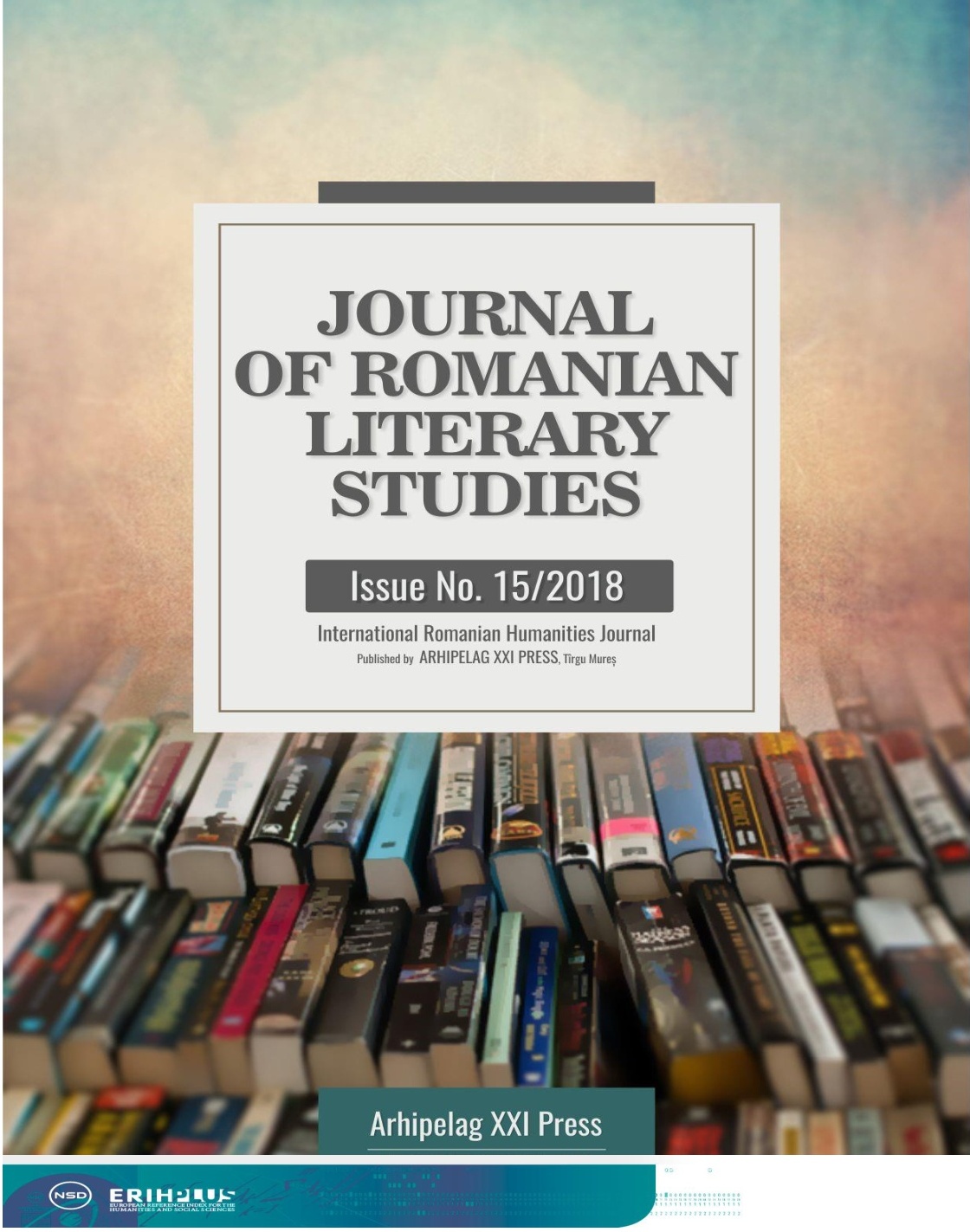SIMILARITIES AND DIFFERENCES BETWEEN THE ROMANIAN GRAMMAR OF CONSTANTIN DIACONOVICI – LOGA, 1973 AND THE ORTHOGRAPHY OF CONSTANTIN DIACONOVICI – LOGA, 1818
SIMILARITIES AND DIFFERENCES BETWEEN THE ROMANIAN GRAMMAR OF CONSTANTIN DIACONOVICI – LOGA, 1973 AND THE ORTHOGRAPHY OF CONSTANTIN DIACONOVICI – LOGA, 1818
Author(s): Loredana-Liliana BuzoianuSubject(s): Language studies, Morphology, Lexis, Comparative Study of Literature, Philology
Published by: Editura Arhipelag XXI
Keywords: Constantin Diaconovici-Loga; grammar; orthography; literary language; normative; etymology;
Summary/Abstract: The philological study contains a comparative analysis of the texts: Romanian Grammar by Constantin Diaconovici-Loga, (edition by Olimpia Şerban şi Eugen Dorcescu, Facla Publishing House, Timişoara,1973) end Orthography or the correct spelling to guide Romanian language writers, Buda, 1818, by Constantin Diaconovici-Loga. Constantine Diaconovici Loga's Orthography records numerous lexical phenomenon of adapting neologisms owing to the influence of the Romance languages. Grammatical terminology is modern, due to the fact that the text fits into a phase of modernization on Latin-Romance basis, according to which borrowings are necessary. Sometimes neologisms appear as a replica of calques. In addition, along with the large number of borrowings from Latin, the preference for linguistic calques can be noticed, which sporadically indicates the neologism equivalent for the used calque. A noteworthy innovation is the formation of a new terminology with respect to the classification of consonants, terms that are not certified in other authors works, for example “labial” consonants are those derived from “lips” (cf. lat. labies 'lip'), “dentals” is an attribute of dental consonants which involve the teeth (cf. lat. dentalis 'dental'), “guttural”, from throat (cf. lat. guttur 'throat'), and “lingual” (cf. lat. lingua 'language'). Starting with the Grammar in 1822 the author has given up the calques preferring those new words. In the subsection on morphological features, Constantine Diaconovici Loga's Orthography does not record significant changes in the morphological system of the literary language and does not influence the grammatical categories, only their way of expression, which is due to the fact that the text fits in the period in which the dialectal literary system had already been formed.
Journal: Journal of Romanian Literary Studies
- Issue Year: 2018
- Issue No: 15
- Page Range: 130-139
- Page Count: 10
- Language: Romanian

